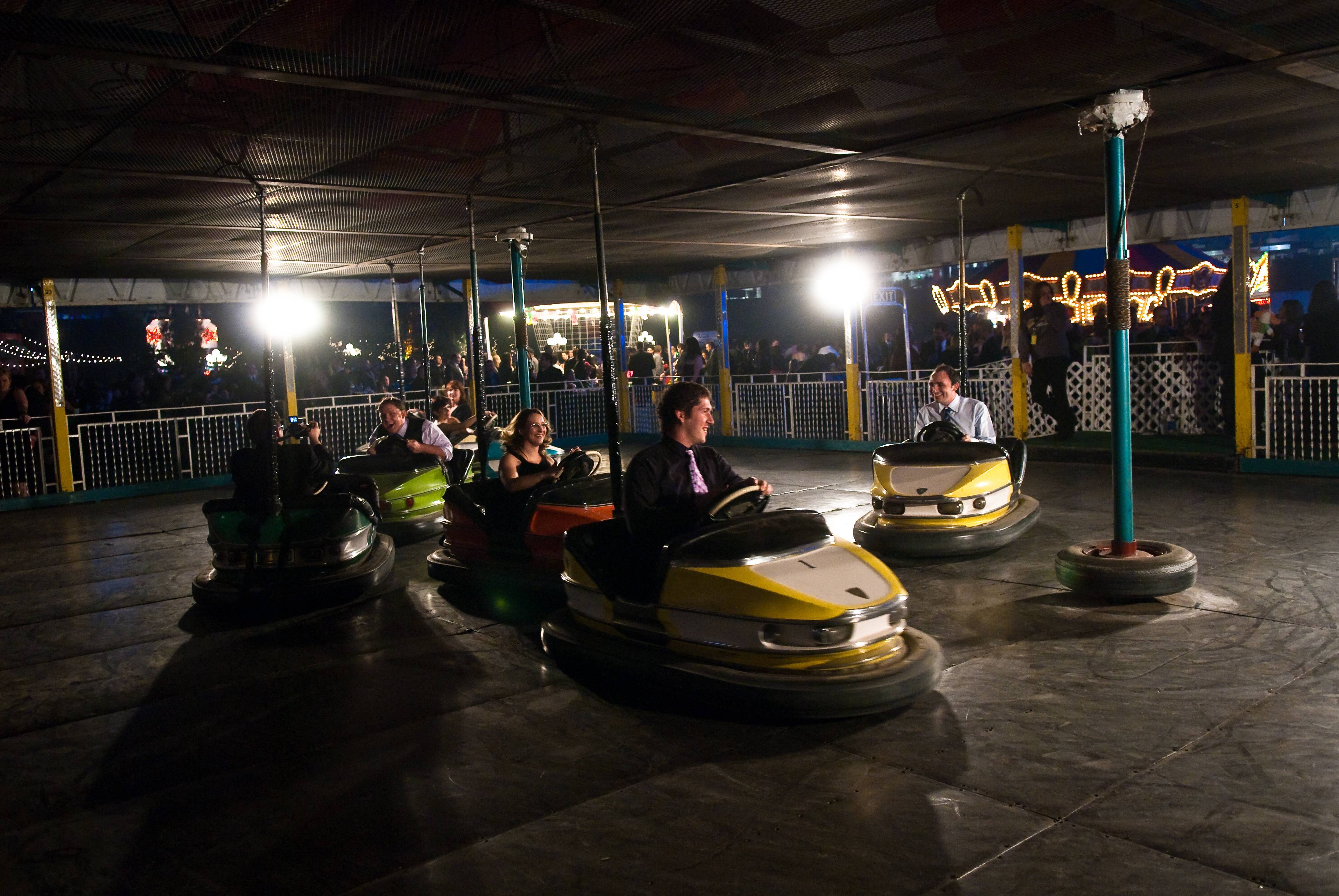

Participating Rider assumes full responsibility for any risk of injury, property damage, or death while participating in activities at this establishment. The Participant and/or their parent(s) or guardian understands, acknowledges, and agrees that riding Bumper Cars can be an inherently dangerous and physically demanding activity. RELEASE OF LIABILITY AND WAIVER OF ALL CLAIMS All riders agree to the terms below when booking a bumper car ride, and must sign a copy onsite before riding bumper cars. ^ "California Supreme Court rejects lawsuit against Great America over bumper car rides".Includes many details about Dodgem as well.

Premium Amusement Park & Funfair Ground Rides. ^ "Should You Let Your Kids Ride Amusement Park Bumper Cars?".Archived from the original on 12 December 2013. Santa's Village Jefferson, New Hampshire. "Ruling over bumper-car injury supports amusement park". ^ "The overall introduction and safe tips of bumper cars".^ "How does this Electric Floor work?".Traction Engines Two Centuries of Steam Power. "The History and Some Fun Facts About Bumper Cars". Six Flags Great Adventure's Autobahn is the largest bumper car floor, but it has not operated since 2008. A replica of the ride was built at California's Great America in Santa Clara in 2005, however, a concrete island was added to the middle of the floor to promote one-way traffic, reducing the floor area. Called the Rue Le Dodge (renamed Rue Le Morgue during Fright Fest in the fall), it is 51 feet 9 inches (15.77 m) by 124 feet 9 inches (38.02 m) or a total of 6,455 square feet (599.7 m 2). The largest operating bumper car floor currently operating in the United States is at Six Flags Great America in Gurnee, Illinois. In the mid-1960s, Disneyland introduced hovercraft-based bumper cars called Flying Saucers, which worked on the same principle as an air hockey game however, the ride was a mechanical failure and closed after a few years. After getting permission from Chevrolet, then subsequently buying the actual Corvette chevrons from local Philadelphia dealers, those were attached to the nose of their product for 1959. Lusse Brothers built the first fiberglass body in 1959, in part due to the survival of Chevrolet Corvette bodies over the previous six years. Original bumper cars were created out of tin.

ĭuring their heyday, from the late 1920s to 1950s, two major US bumper cars brands were Dodgem by Max and Harold Stoehrer and the Lusse Brothers' Auto-Skooter by Joseph and Robert 'Ray' Lusse. Depending on the level of enforcement by operators, these rules are often ignored by bumper car riders, especially younger children and teenagers. The cars can be made to go backwards by turning the steering wheel far enough in either direction, necessary in the frequent pile-ups that occur.Īlthough the idea of the ride is to bump other cars, safety-conscious (or at least litigation-conscious) owners sometimes put up signs reading "This way around" and "No (head on) bumping". The controls are usually an accelerator and a steering wheel.
#Bumper cars near me drivers#
A rubber bumper surrounds each vehicle, and drivers either ram or dodge each other as they travel. The metal floor is usually set up as a rectangular or oval track, and graphite is sprinkled on the floor to decrease friction. The disadvantage is that these ships' bumper cars take several hours to recharge.

This avoids the conductive floor/ceiling of the traditional bumper car setup, allowing the SeaPlex venue to be convertible from a bumper-car ride to a multipurpose gym (basketball court). An array of brushes under each car makes random contact with the strips, and the voltage polarity on each contact is arranged to always provide a correct and complete circuit to operate the vehicle.Ī third method is used on Quantum-class cruise ships, where bumper cars run on electric batteries. The strips carry the supply current, and the cars are large enough so that the vehicle covers at least two strips at all times. Contacts under the vehicle touch the floor while a pole-mounted contact shoe touches the ceiling, forming a complete circuit.Ī newer method, the Floor Pick-Up (FPU) system, uses alternating strips of metal across the floor separated by insulating spacers, and no ceiling grid. The oldest and most common method, the Over Head System (OHS), uses a conductive floor and ceiling with opposing power polarities. The cars are commonly powered by one of three methods. Bumper cars at a state fair in Raleigh, North Carolina, 1940


 0 kommentar(er)
0 kommentar(er)
